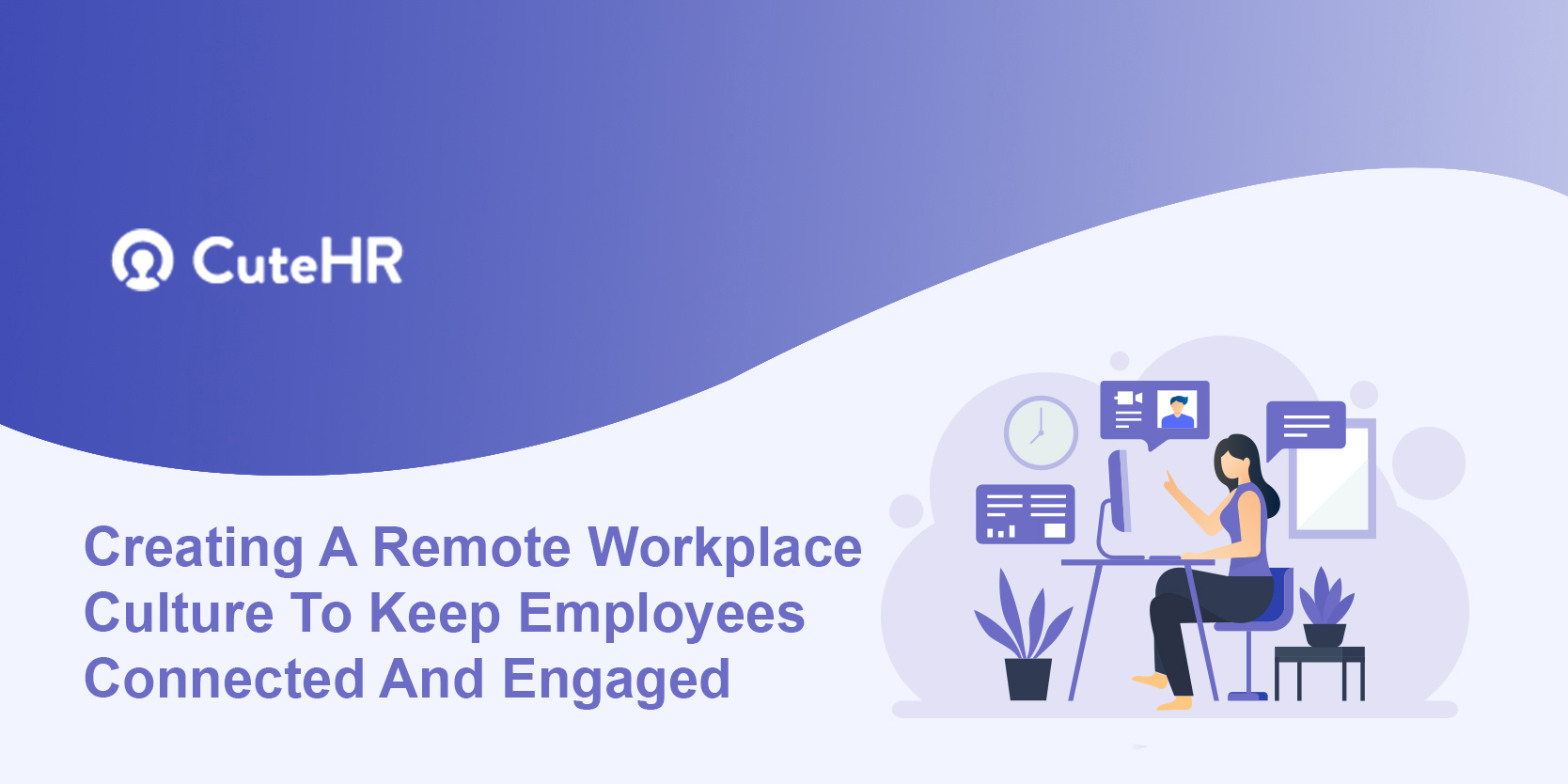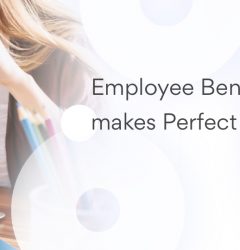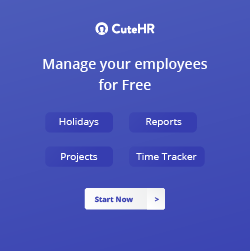29 Sep

The deadly virus has brought about a paradigm shift in the way we used to work, earlier companies had an option to choose between working from home and working from office. The Pandemic has left us with no choice but to adapt to the new normal of remote working. This new way of working has posed many challenges in front of the leaders in terms of getting work done by their subordinates remotely, motivating them to achieve their deadlines along with creating a positive and healthy work environment. The biggest challenge however that we need to address is ‘how to create a remote workplace that keeps employees connected and engaged’?.
We are navigating through paradoxical times, the Pre –COVID and Post- COVID lives will never be the same. The workplaces have been flipped upside –down. The leaders are juggling with business continuity plans, setting up health and safety measures for their employees along with adapting to the various online platforms of remote working. Most of us are suffering from some form of “Technostress” and “Burn out”.Therefore it becomes imperative for the managers to think and execute strategies not only to make people more productive while working remotely but also to fix strategies to create remote workplaces that help them feel connected and engaged.
Table of Contents
Few challenges of remote working are
- Communication
- Morale & Engagement
- Returning employees to work & keeping the culture alive.
In a webinar Heidi Lynne Kurter, Senior Contributor for Forbes stressed on the use of relevant tools, focus on the development and implementation of various cultural initiatives in order to make the remote workplaces more challenging and engaging.
A few ways to effectively meet this challenge has been discussed below
Acceptance is the key

Remote working is bringing radical changes in terms of how we communicate with our teams and managers.
“Nothing is constant but change”, therefore, we cannot go back to what it was, so we need to accept the new normal and work accordingly.
Tools
There are various tools that ease the transition from office life to working remotely. These creative and interactive tools not only help the managers and employees keep a track of their work and never-ending meetings, but also encourage social connections. Some of the tools like Donut, Loom, etc. help the employees stay connected and share information asynchronously. Some tools also help the employees randomly pair up team members for virtual coffee breaks or watercooler breaks, helping teams carve out time for meaningful social interactions throughout the working week. Maintaining culture and engaging people also involves rewarding people for their accomplishments therefore tools like Disco help the managers appreciate and reward employees on public and private channels regularly.
Fixing the feedback mechanism

Taking feedbacks and trying to fix employees’ workplace issues has always been a big challenge, however remote working applications like WFH Surveys have made our task much easier, where the managers receive feedback from its employees through an AI-enabled interactive chat. The data thus received help in generating intelligent reports through customized dashboards. The data thus received can be quickly analyzed and used for providing solutions to the problems and challenges faced by employees working remotely. This enables the managers to take smooth and quick decisions in order to support their employees on the problem areas identified, making them feel more valued and accepted.
Development through knowledge sharing
Geographical boundaries coming down with the penetration of technology in the workplace, knowledge sharing has become easier and can help foster organizational culture thereby motivating and engaging individuals and teams, as individual development will lead to organizational success.
The learning sessions should follow a top-down approach where the leader shares their vision and creates the connect, One on one meetings should be encouraged for providing personalized inputs by the managers. The team meetings or learning sessions need not be very formal, but could also incorporate an element of informality and fun.
Cultural Initiatives
The remote working culture has created a social disconnect amongst people and teams, this will not only have a direct impact on the effectiveness of the team outcomes but will also hamper the achievement of departmental and organizational goals. Managers therefore should take a step forward and make strategies to connect to employees not only on work-related issues but also make efforts to enquire about the mental and social wellbeing of their employees.
Many companies have weekly virtual social hours, where employees meet virtually and discuss anything but work. This is like the lunch chit chat session and small water cooler talks that are no more possible.
In fact, Mr.Gaurav Aggarwal, Co-founder & CTO, 1mg, (an online pharmacy in India) in one of his interviews mentioned that many of their employees miss the weekend parties and social get together’s and are under a major burnout due to long remote work hours, the company has initiated mandatory downtime, they also have started moderated chats where they are allowed to talk about anything and everything except work. The company feels that such informal connections help the employees gain a much-required break and also helps them to get back to work with much vigor and energy.
Mandatory downtimes and informal virtual social hours help in easing out and making employees comfortable. Companies like Tata Sons limited have innovative ways of connecting with their people and making them feel valued.
As per an interview Ms. Leena Sahijwani, Group Vice President, Human Resources Tata sons limited, said that remote working is a reality, therefore to connect people they make sure not only their employees but their families as well are connected and feel a part of the community. The company has launched many fitness & wellness challenges amongst their employees and float WFH newsletters with their achievements, pictures, and write-ups so that all employees are aware of the whereabouts of their team members and thereby engaging them positively.
Challenges & Trivia’s also help the employees break the monotony and help them get back to work with better motivation. Appreciation received from the seniors and peers help them feel wanted and excited.
Communication is the key
In order to be connected with your team, you need to create a feedback loop, make sure the conversation between you and your workers remain open, and helps them to improve. Build trust and connect at an emotional level. The leaders need to lead with empathy and not dictate.
Workplace culture is what essentially keeps employees feel motivated, excited, and satisfied about their work and organization, it helps them feel that their ideas and “they” matter and that their employers care about them. It makes them comfortable and instills citizenship behavior that provokes them to go above and beyond their work and hence are inclined to give back.













Prof. Parveen Kaur